1. Backyard Chickens as Guaranteed Food Security
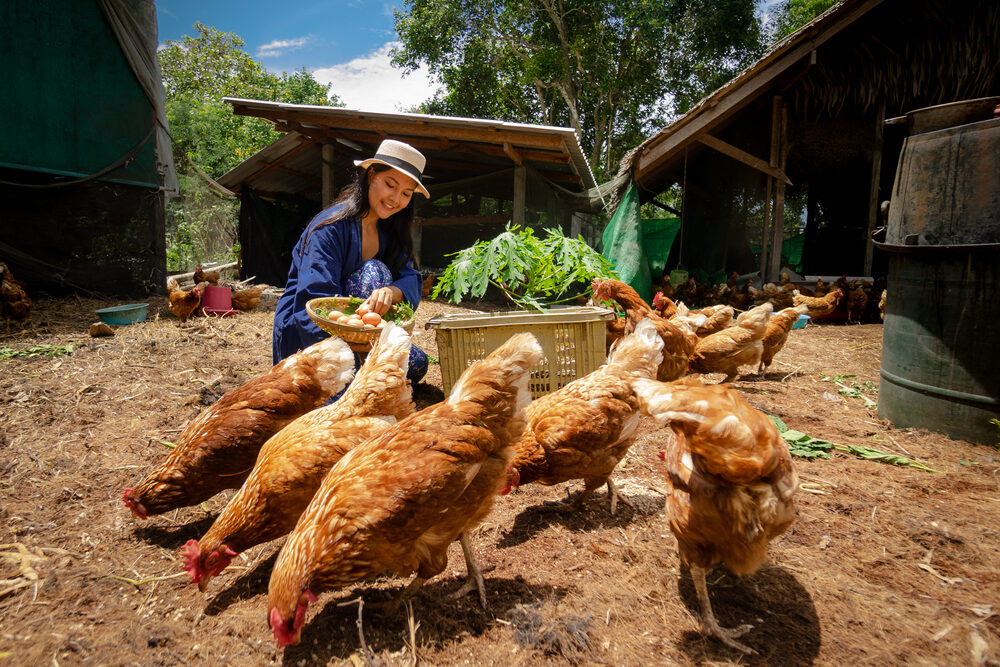
During the Great Depression, families learned to rely on what was close and practical, turning to backyard chickens for a steady source of food. A few hens could survive on kitchen scraps, weeds, and insects while providing eggs every day. Eggs were a protein source that did not need refrigeration, helping families stretch their budgets. Extra eggs were often traded or shared with neighbors, building informal community support. Chickens offered more than meals; they brought reassurance and routine. Seeing them scratch, lay eggs, and grow gave families a sense of control in uncertain times while connecting them to survival in a tangible way.
2. Dairy Goats as the Affordable Milk Source
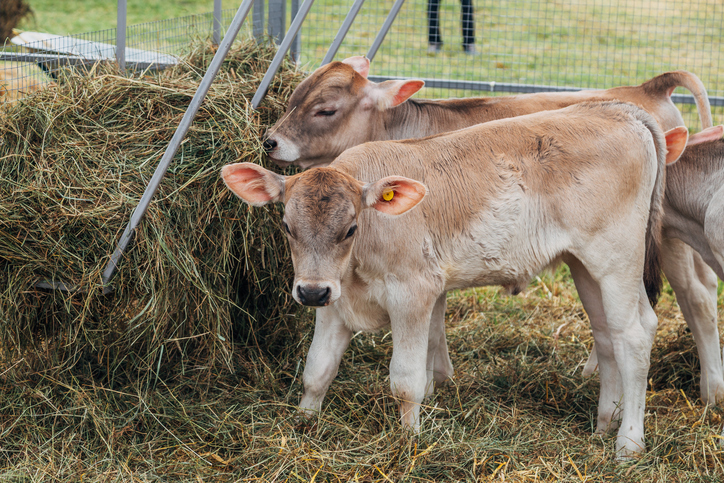
Goats became household heroes because they needed little and gave much. They thrived on brush, weeds, and leftover food scraps, making them a practical milk source for families without cows or pasture. Goat milk could be consumed, turned into cheese, or used in cooking to stretch meals and reduce reliance on stores. Families often shared breeding goats to keep herds sustainable without extra cost. They also became companions, especially for children who learned responsibility and care. Their small size and adaptability meant that even those with modest yards could benefit. Goats quietly supported nutrition, economy, and emotional stability in tough times.
3. Rabbits as Efficient Meat Animals
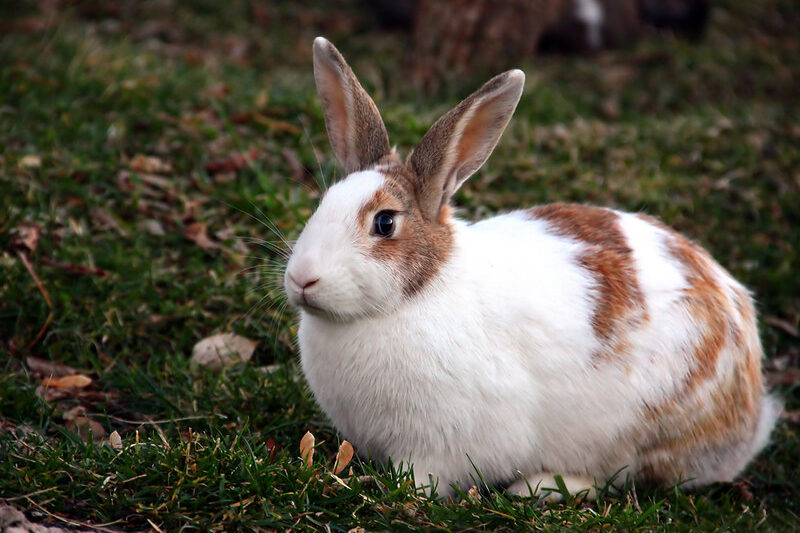
Rabbits became popular because they grew quickly, required little space, and could be fed leftovers or garden clippings. Families kept them in hutches in backyards or small alleys, making them easy to manage. Rabbit meat was lean, filling, and far cheaper than beef or pork, helping families stretch scarce food supplies. Children often helped feed and care for them, creating small family projects around responsibility and food security. Raising rabbits was practical in areas where hunting or buying meat was not an option. Their rapid reproduction and manageable size made them a symbol of practical resilience and an important household resource during hard times.
4. Cats as Critical Rodent Control

Cats became essential because they protected valuable food stores from rodents. Flour, beans, grains, and stored vegetables were under constant threat, and a single cat could patrol barns, pantries, and storage areas effectively. Families could not afford traps or chemicals, so cats provided a natural and low-maintenance solution. Their presence reduced food loss and gave households a sense of security that small food sources would survive the winter. Beyond practicality, cats offered companionship and comfort during stressful days. They silently contributed to family survival, guarding both food and morale. In many homes, their quiet diligence made life a little easier and more predictable.
5. Dogs as Farm Labor and Security

Dogs served multiple purposes for families, helping guard livestock, herd chickens, and protect gardens from intruders. They were trusted companions and practical workers who helped families keep what they had during times of hunger and theft. Dogs could sense strangers, predators, or incoming storms, providing early warning that could prevent losses. They often assisted with hauling small loads or guiding animals, giving extra hands when adults were busy with chores. Emotional support mattered too, as dogs provided a consistent presence and comfort in uncertain times. Families depended on their intelligence, loyalty, and work ethic to maintain stability and peace of mind.
6. Bees for Homemade Sweetener
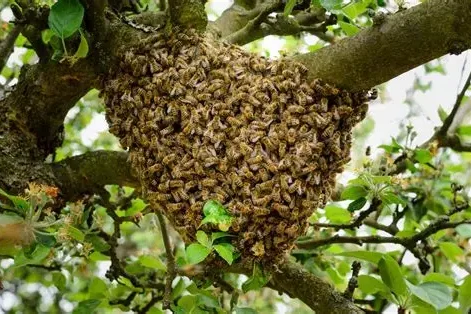
Bees were tiny heroes because they gave honey, a natural sweetener that could replace expensive sugar. Families kept beehives in small yards or gardens, producing honey for tea, baking, or cooking. Honey stored well and lasted a long time, stretching limited food supplies. Bees also pollinated gardens, improving vegetable yields and contributing indirectly to nutrition. Neighbors sometimes shared knowledge, equipment, and bees to support each other, strengthening community bonds. Taking care of bees required patience but little land, making them accessible even to modest households. Honey production combined practicality with a sense of achievement and a way to bring sweetness into daily life.
7. Draft Horses for Fieldwork

Even though tractors existed, many families could not afford machinery or fuel, so horses remained essential for plowing, transporting crops, and hauling goods. Horses turned grass and feed into labor, sustaining farm productivity without expensive equipment. Families with enough pasture could keep a horse to maintain their land and participate in planting and harvest seasons. Horses also supported community cooperation, as neighbors often shared animals to help each other work the fields. Their strength and reliability made them central to survival and farm efficiency. Beyond physical work, they brought a sense of continuity and stability, allowing families to keep food and income flowing.
8. Mules as Hardier Draft Animals
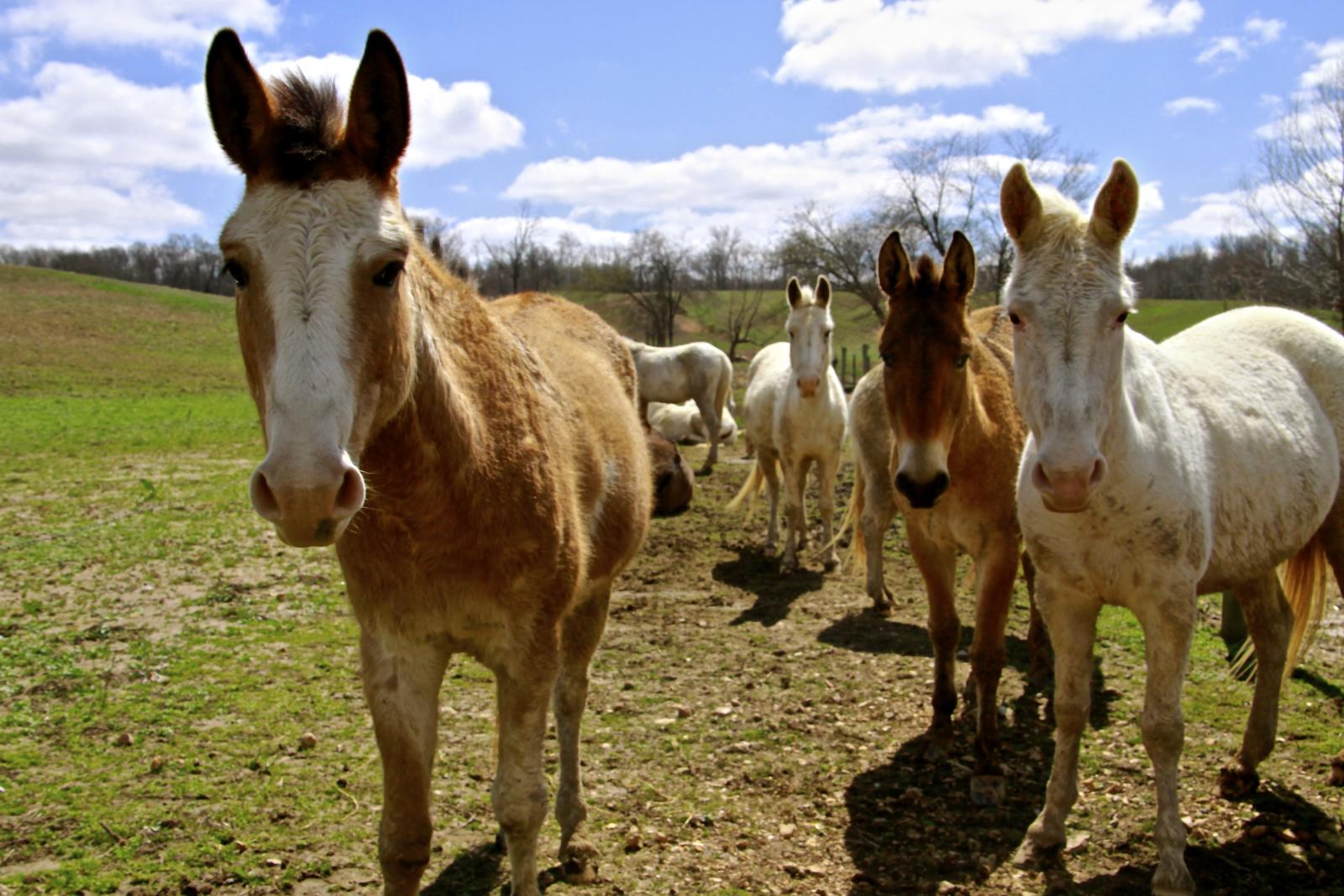
Mules offered strength and endurance when horses struggled with heat, rough terrain, or long hours of labor. They needed less feed, could carry heavy loads, and were more resilient against illness or injury. Families often used mules to haul firewood, water, or crops, sometimes helping neighbors as well. Their reliability made them a practical investment and a symbol of endurance and patience. Mules performed essential work quietly, helping families maintain their livelihood. In regions where every animal counted, their ability to survive harsh conditions ensured that work continued uninterrupted, supporting households in both practical labor and economic stability during challenging times.
9. Pigeons as Homing Messaging Systems

Families without telephones or money for postage sometimes relied on pigeons to communicate over short distances. These birds could carry messages between homes, farms, or neighbors efficiently. Pigeons were carefully bred to retain their homing instinct and often used to coordinate work, trades, or information during storms or emergencies. Their contribution was especially valuable in rural areas with limited access to roads or mail. Pigeons connected families and maintained communication networks when modern systems were unavailable. Their loyalty and ability to return home made them an indispensable part of daily life, linking households and keeping people informed and connected.
10. Turkeys and Geese as Guard Animals
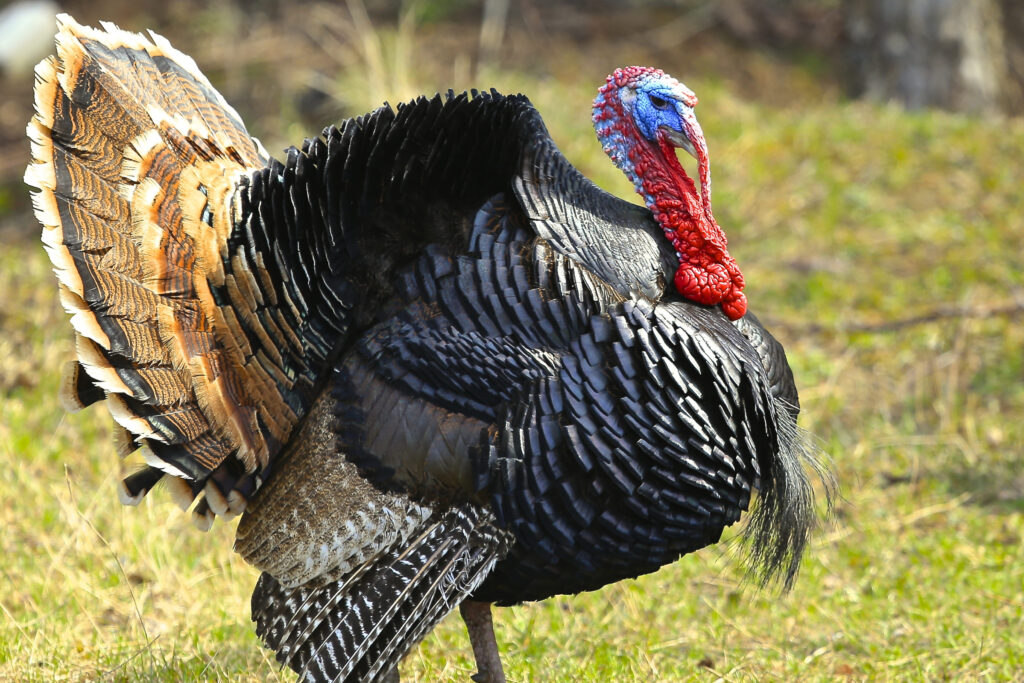
Turkeys and geese became unexpected protectors for households. Their loud honks and aggressive behavior alerted families to intruders, stray animals, or approaching danger. They also provided meat and feathers for bedding or crafts, making them dual-purpose animals. Some families relied on them instead of fencing every area, letting their territorial nature guard yards and barns. Beyond practical security, they contributed to food supplies and daily routines. Turkeys and geese worked as living alarms and quietly supported survival, helping families feel safer while giving them an extra source of nourishment and resources when every meal and material counted.
11. Ducks for Eggs in Wet or Poor Soil
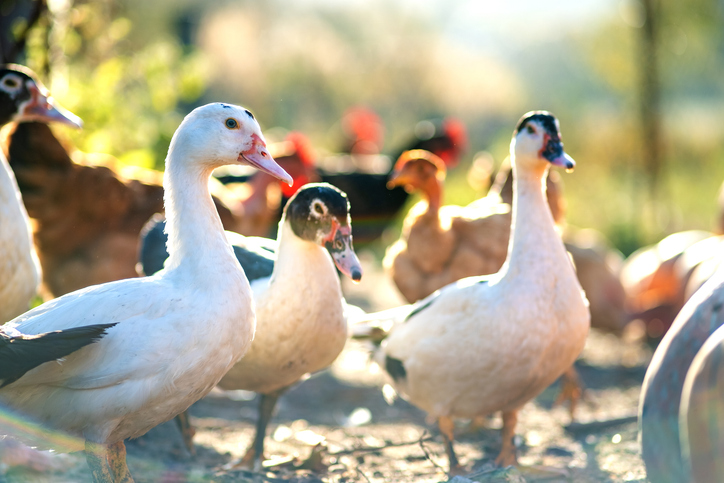
Some families had yards that were muddy, flood-prone, or unsuitable for chickens. Ducks thrived in such conditions, producing eggs consistently even in poor soil or wet climates. Ducks also helped control pests like slugs and provided natural fertilizer for gardens through their droppings. Their housing needs were simple, and they tolerated harsh conditions better than many other animals. A small flock of ducks could provide enough eggs to sustain families without requiring elaborate infrastructure. By adapting to the environment, ducks ensured protein and nutrition were available despite less-than-ideal land, helping households survive while making use of every corner of their property.
12. Sheep for Wool, Meat, and Milk
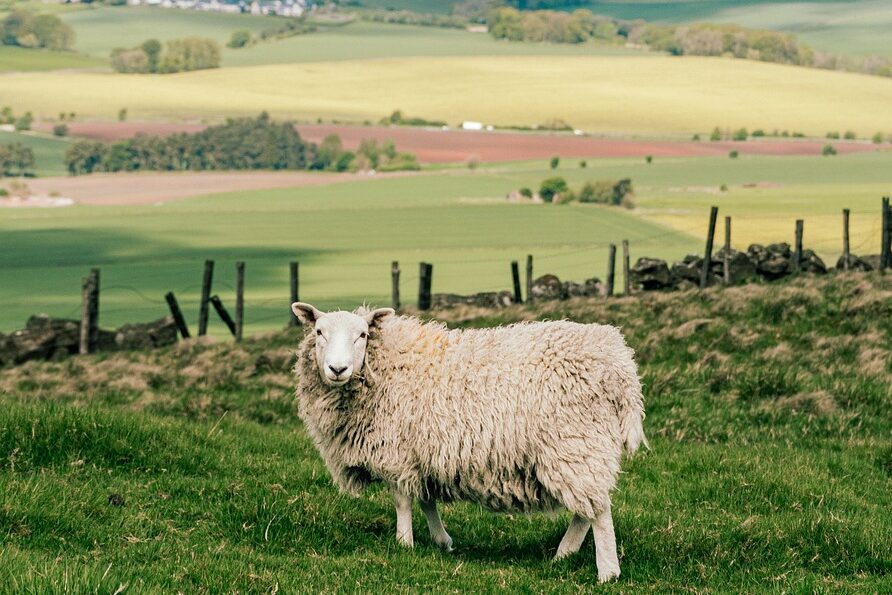
Sheep were valuable for multiple reasons, providing wool for clothing, milk for cheese, and meat for sustenance. Wool allowed families to knit, mend, or trade garments when buying new clothes was impossible. Sheep could graze on marginal land where crops would fail, turning otherwise unused areas into useful resources. Communities often came together to spin, weave, or shear, creating social networks and emotional support in addition to practical products. Sheep contributed to survival through food, clothing, and community connection. Their presence reflected the way households used animals efficiently, ensuring multiple needs were met while also fostering resilience and cooperation.
13. Donkeys as Pack and Garden Workers

Donkeys carried heavy loads of firewood, water, or produce baskets, making transportation easier for families without fuel or machinery. Their steady pace and low feed requirements made them reliable partners in gardens or markets. Donkeys also helped prepare soil and compact beds for planting, supporting both small and large-scale household gardens. Families appreciated their quiet work ethic and adaptability to various tasks. Owning a donkey meant being able to move goods and maintain gardens more effectively, which was essential when every resource mattered. These modest animals became unsung heroes, helping families survive through dependable service and practical contributions to daily life.
14. Guinea Pigs as Small Scale Livestock
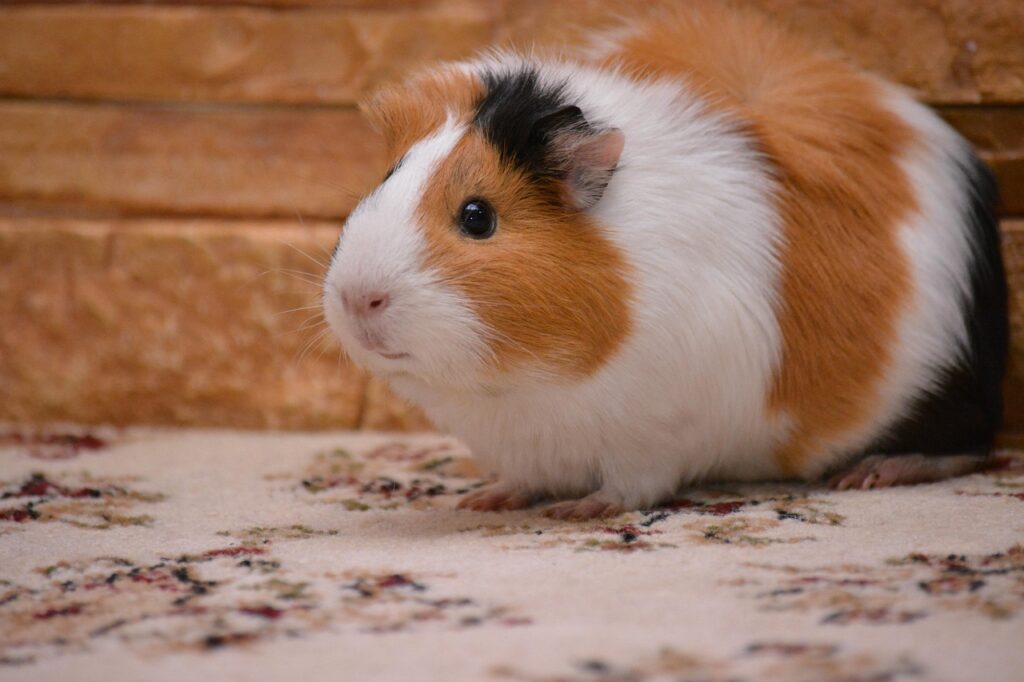
In certain households, especially among immigrant families, guinea pigs served as small, renewable protein sources. They reproduced quickly, required little space, and ate leftover scraps, making them ideal for tight quarters. While today they are mostly seen as pets, during hard times they offered a practical supplement to meat when other options were scarce. Caring for guinea pigs was simple, and children often helped, learning responsibility while adding to the family’s food supply. Their presence reflected creativity and adaptability in survival strategies, showing how households could turn even the smallest animals into meaningful contributions to nutrition and daily life during economic hardship.
15. Barn Cats Preventing Seed Loss
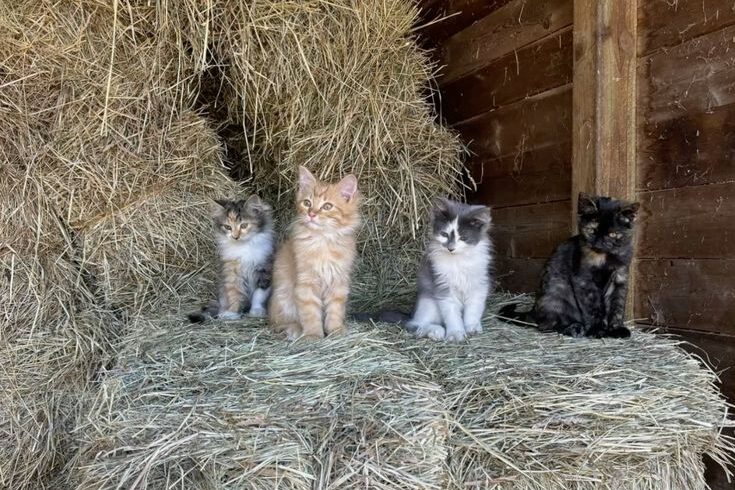
For families saving seeds for future crops, mice posed a serious threat. Barn cats patrolled granaries, storage areas, and barns to keep rodents away. Preserving seeds meant being able to plant next year and maintain a steady food supply. A cat’s quiet presence helped ensure survival across seasons, protecting both immediate meals and future harvests. Beyond practical work, cats became companions and part of daily routines. Families relied on them not only for rodent control but also for stability and reassurance, knowing that their hard-earned seeds and future food sources were being guarded reliably by these vigilant animals.
16. Herd Dogs for Shared Community Grazing
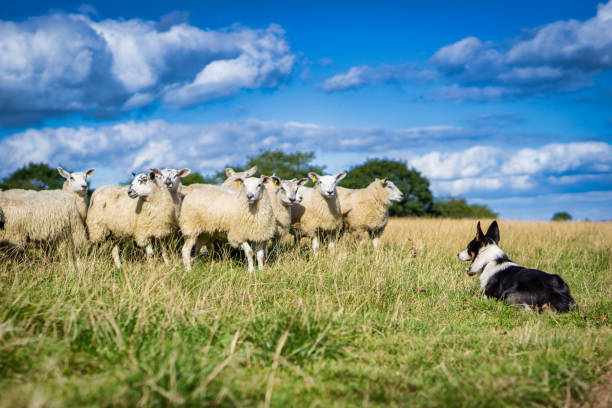
In villages where land was shared, herding dogs kept flocks organized and under control. They learned boundaries, commands, and signals that allowed multiple households to graze animals together safely. This cooperation made livestock raising possible for families without full ownership of land. Herding dogs worked tirelessly to maintain order and ensure animals were fed, moved, and protected. Their presence enabled communities to support each other and made small-scale livestock operations accessible to more families. They were essential not only for managing animals but also for fostering trust and shared responsibility among neighbors in a time when cooperation was crucial.
17. Songbirds for Emotional Relief
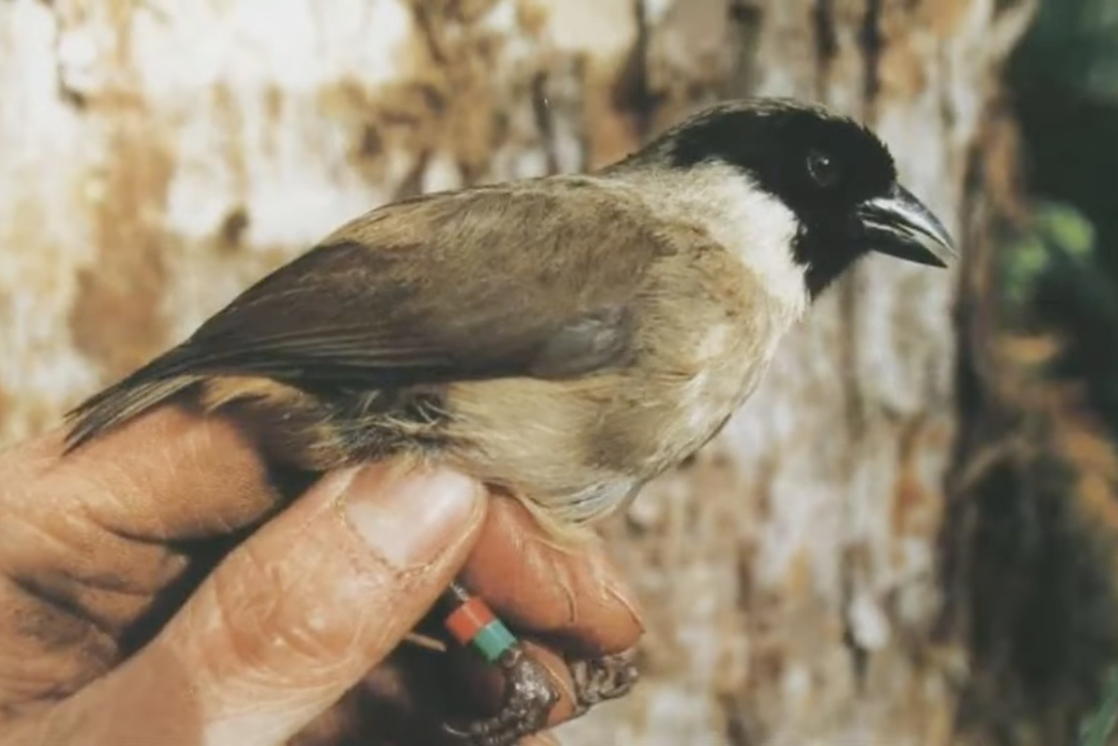
Even in hard times, families needed reminders of beauty and normalcy. Songbirds such as canaries or finches provided daily melodies that lifted spirits when stress and uncertainty were constant. Their singing offered a sense of routine and comfort, giving small moments of joy in otherwise challenging days. Songbirds were often kept in cages near windows or kitchens, blending with daily life and bringing emotional support that was just as important as food or labor. They reminded families that life could still be gentle, and their quiet presence helped maintain hope, peace, and a sense of continuity amid scarcity and struggle.
18. Why These Animals Mattered
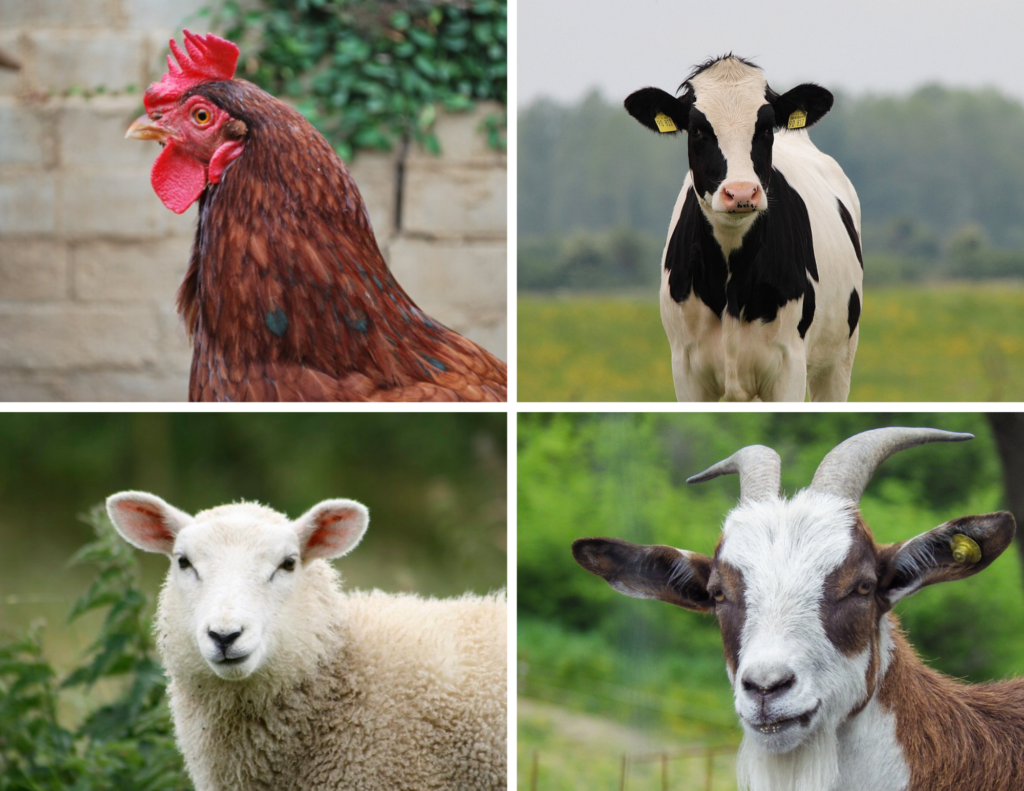
These household animals did more than provide food, labor, or protection. They preserved dignity, continuity, and the belief that survival was possible in difficult times. Families relied on them to stretch scarce resources, manage work, and maintain emotional wellbeing. Chickens, goats, rabbits, dogs, cats, and even songbirds quietly became partners in daily life. Each animal contributed in practical and emotional ways, helping households weather uncertainty. Their roles reflected creativity, cooperation, and resilience. Remembering their value encourages us to appreciate simple, reliable connections and to consider how small actions and companions can still bring stability, comfort, and resourcefulness into our own lives.
This story 18 Household Animals That Played Important Roles During the Great Depression was first published on Daily FETCH


